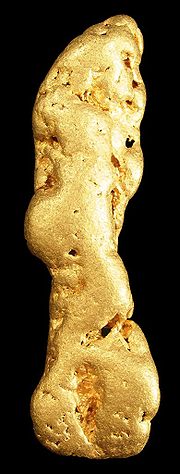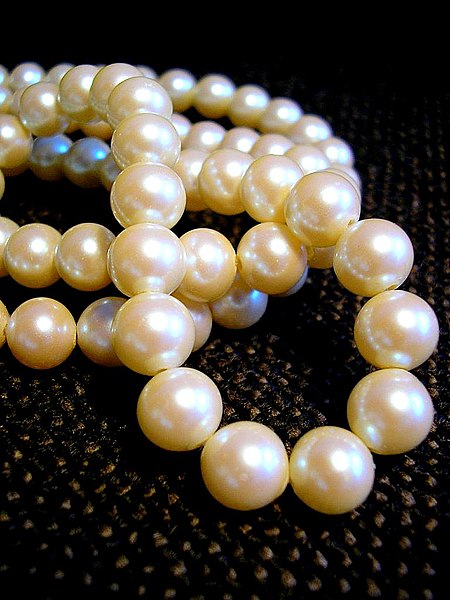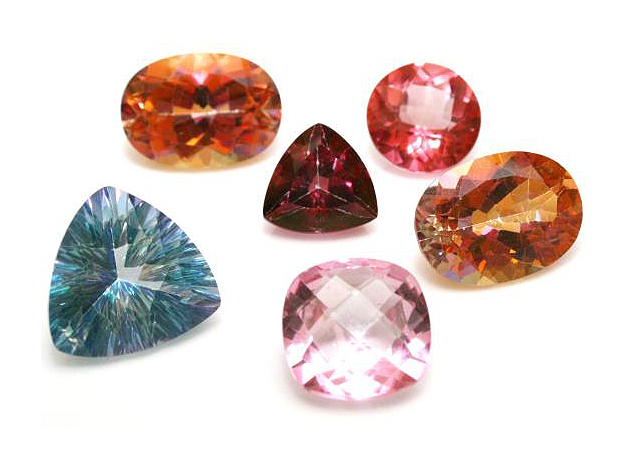Marcasite as the word is used in jewelry refers to small faceted stones that are inlaid in sterling silver. But the actual mineral marcasite cannot be used in jewelry as it tends to crumble into powder. Marcasite jewelry is actually jewelry using the mineral pyrite, sometimes referred to as iron pyrite.
Pyrite as it occurs in nature has a metallic luster, and can range from a very pale to a brassy yellow color according to the sulfur content. The yellow colored pyrite was mistaken for gold by inexperienced miners and earned the name fool's gold. These miners of years ago didn't realize it at the time, but pyrite can actually have very small amounts of gold in it. The sulfur content of the mineral has led pyrite to be used commercially for the production of sulfur dioxide used in the paper industry, and sulfuric acid for many industrial applications. Pyrite is found in many areas around the world
Pyrite used in jewelry is called marcasite. The name is derived from the Arabic word for pyrite, 'markaschatsa'. Evidence of this type of jewelry has been found in areas of ancient Greece and the burial grounds of the ancient Inca people of South America. It became very popular in the 18th century, reaching its zenith in the Victorian Era.
Marcasite is most often used with sterling silver. The darkness of it makes a good contrast to the brightness of silver. Gemstones are also used with it to good effect. Even when new, it has an antique look to it, and is used in Victorian Era jewelry reproductions. It is also used in many other kinds of jewelry. It can range in color from slightly brassy to pale green, but is mostly a dark metallic gray color.
From a simple marcasite and sterling silver ring, to ornate pendants with brightly colored gemstones, it is a very versatile material. This type of jewelry is found in very affordable jewelry right on up to very expensive. It has its own charm and beauty, this pyrite in disguise.
Pyrite as it occurs in nature has a metallic luster, and can range from a very pale to a brassy yellow color according to the sulfur content. The yellow colored pyrite was mistaken for gold by inexperienced miners and earned the name fool's gold. These miners of years ago didn't realize it at the time, but pyrite can actually have very small amounts of gold in it. The sulfur content of the mineral has led pyrite to be used commercially for the production of sulfur dioxide used in the paper industry, and sulfuric acid for many industrial applications. Pyrite is found in many areas around the world
Pyrite used in jewelry is called marcasite. The name is derived from the Arabic word for pyrite, 'markaschatsa'. Evidence of this type of jewelry has been found in areas of ancient Greece and the burial grounds of the ancient Inca people of South America. It became very popular in the 18th century, reaching its zenith in the Victorian Era.
Marcasite is most often used with sterling silver. The darkness of it makes a good contrast to the brightness of silver. Gemstones are also used with it to good effect. Even when new, it has an antique look to it, and is used in Victorian Era jewelry reproductions. It is also used in many other kinds of jewelry. It can range in color from slightly brassy to pale green, but is mostly a dark metallic gray color.
From a simple marcasite and sterling silver ring, to ornate pendants with brightly colored gemstones, it is a very versatile material. This type of jewelry is found in very affordable jewelry right on up to very expensive. It has its own charm and beauty, this pyrite in disguise.































